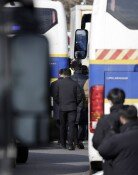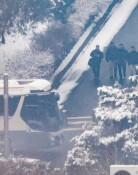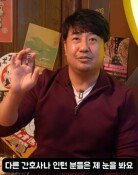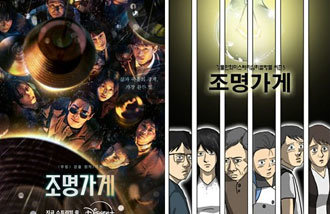‘Radioactive material arriving in Jeju would be trivial,’ says report
‘Radioactive material arriving in Jeju would be trivial,’ says report
Posted July. 08, 2023 08:02,
Updated July. 08, 2023 08:02
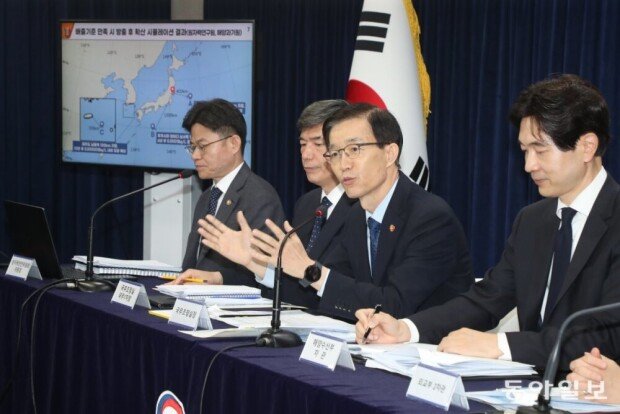
According to the government, if Japan discharges contaminated water within the Fukushima Daiichi Nuclear Power Plant site, the concentration of tritium, a radioactive material arriving in our sea southeast of Jeju 10 years later, will be 1/100,000 of the concentration of tritium in the area as of 2021.
Bahng Moon-gyu, head of the Office for Government Policy Coordination, held a press conference at the government complex in Seoul on Friday and disclosed the government's "scientific and technological review report," which states that "the impact of the release of contaminated water on South Korea is negligible." The government, which began conducting its safety review right after Japan announced its discharge plan in August 2021, visited the nuclear power plant site in May this year to inspect key facilities before issuing a self-review report on this day.
In the report, the government predicted that a small amount of tritium would flow into the waters near Jeju four to five years after the discharge of contaminated water. Its analysis indicates that the tritium concentration in the sea 100 km southeast of Jeju will reach around 0.000001 Becquerel (Bq) per cubic meter after 10 years of release. This is “1/100,000 of the average concentration of tritium in our seas (0.172 becquerels per liter) measured in 2021,” the government said.
The government concluded that 62 radioactive materials, except tritium, could be sufficiently filtered through the Advanced Liquid Processing System (ALPS), purification facilities of Tokyo Electric Power Company (TEPCO) in Japan. “We analyzed the concentration of 62 radionuclides in contaminated water filtered with the ALPS by TEPCO once a year from 2013 to 2022,” the Korean government said in its report. The results indicate that, thanks to the stabilized performance of the ALPS, there has been no incident where the 'release limit' has been exceeded since May 2019.
The government announced that there is also a control device in place that can block the release of contaminated water to the ocean in the event of a power outage or machine breakdown of contaminated water treatment facilities caused by natural disasters such as earthquakes. The government concludes that TEPCO checks the level of radiation in at least eight stages before releasing the contaminated water and ensures that the discharge of contaminated water that exceeds the “base cap” is suspended at any time.
After review, the government said that it had relayed recommendations for safe discharge to Japan, such as “reducing the inspection cycle of filters installed in filtering facilities,” “additional testing of five radionuclides,” and “assessing and disclosing the level of radiation exposure to nearby residents.”
yea@donga.com · newjin@donga.com



